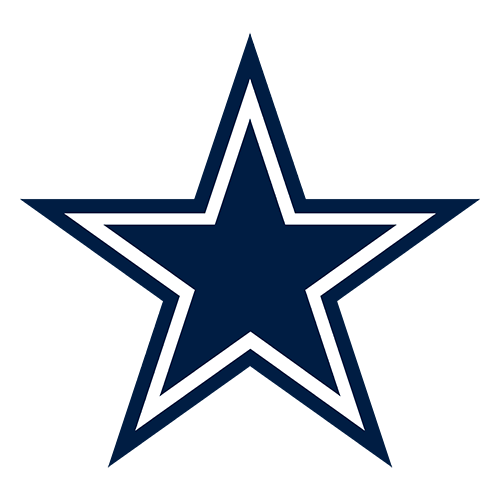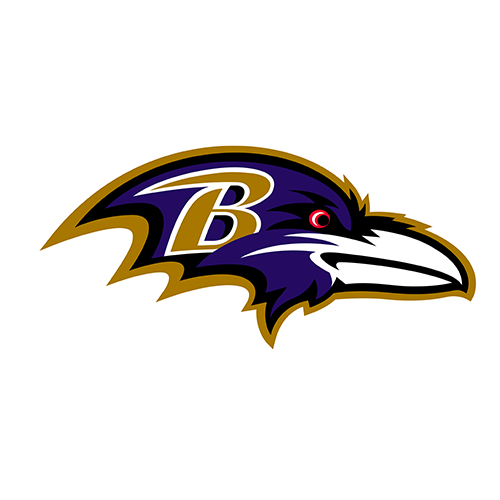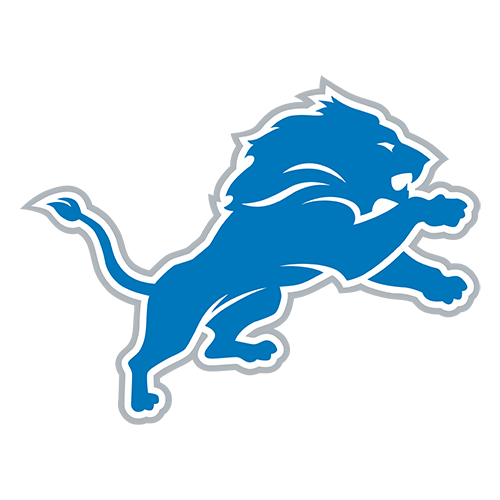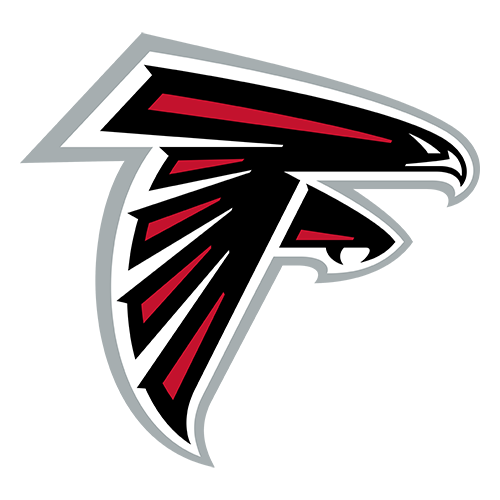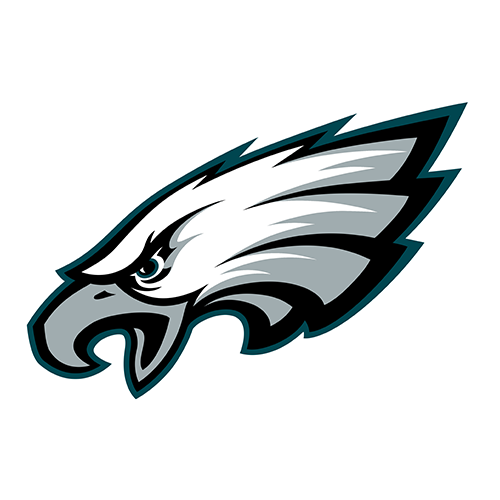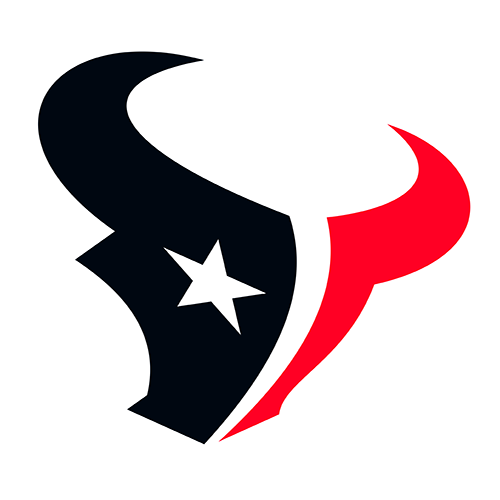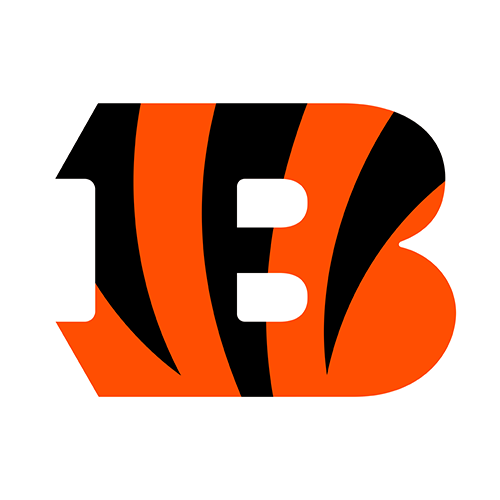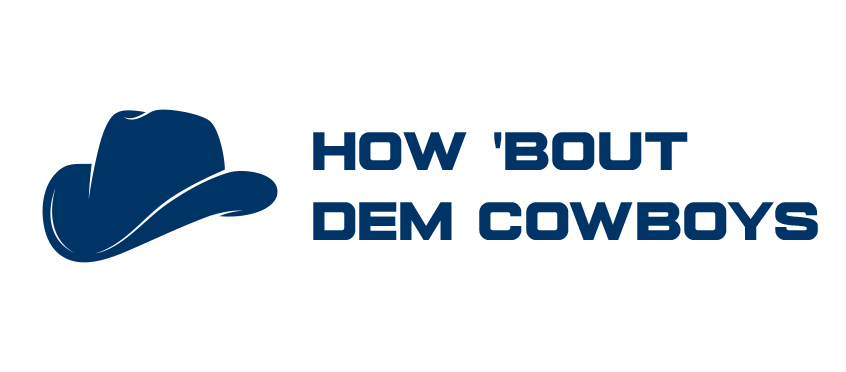The Dallas Cowboys signed Dak Prescott to a four-year, $240 million extension right before the season started. It ended a long, tedious waltz that grew from a bad place, the 2020 and 2021 franchise tags and extension where the quarterback never blinked. For the second consecutive series of negotiations, the signal caller bested Jerry and Stephen Jones, and is now the owner of the best contract in pro football.
On the surface, it’s easy to see how this settles the QB situation through contract end, the 2028 season. It doesn’t, and perhaps that’s a good thing. Prescott is certainly in a category of quarterbacks who, when things are properly surrounding him, can play at an MVP level. He has however yet to be on a team that’s attained postseason success and as such, Dallas should not close the door on the position as a place to improve. And because of that, the Cowboys should consider the drafting ways of the Green Bay Packers and Atlanta Falcons, and it a player they deem a franchise changer is available, pull the trigger.
There’s clearly an argument to be made for spending a first-round pick on a player who would be able to help immediately. The Packers sat Jordan Love for three years and in that time were unable to win a second championship under Aaron Rodgers. The Falcons signed Kirk Cousins to a deal this spring and then drafted Michael Penix two months later; time will tell if they would’ve been better served grabbing immediate help.
There’s also an argument to be made that the Cowboys’ string of first-round hits has taken the last two seasons off with the selection of Mazi Smith and Tyler Guyton. The hope is now seasoning will turn these duds into studs, but they are not immediately helping the team. So a case can clearly be made for shaking up philosophies on multiple fronts.
In this exercise, we’ll envision Dallas playing the long game, as they’ve already admitted they’re in a soft rebuild. Drafting a QB in the first round and having them sit at least one year and likely two, gives Prescott time to change the narrative. And though he has a no-trade clause again, that is simply a right to sign off on a destination, rather than saying a trade will never happen.
If the Cowboys win in 2025 or 2026, then they’d have a seasoned first-round QB they could trade away on a rookie deal with multiple years of team control. If they don’t win, a fresh start would make sense for everyone and even with no trade there’d be cap relief from moving on as early as 2026, with significant relief starting in 2027.
There’s little reason not to leave the possibility open, and certainly no reason to not explore the path in a mock draft exercise in mid-October.
Here’s a look at a 2025 NFL draft simulation for the first three rounds, conducted on Pro Football Focus.
Cowboys pick at No. 16
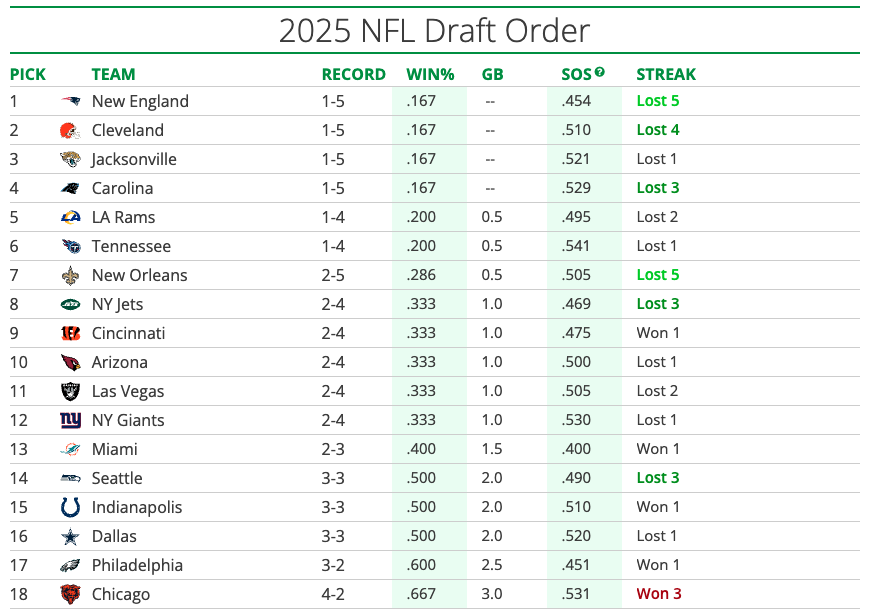
The current draft order projection for Week 7 is that the Cowboys’ 3-3 record will slot them at No. 16.
Cowboys Team Needs
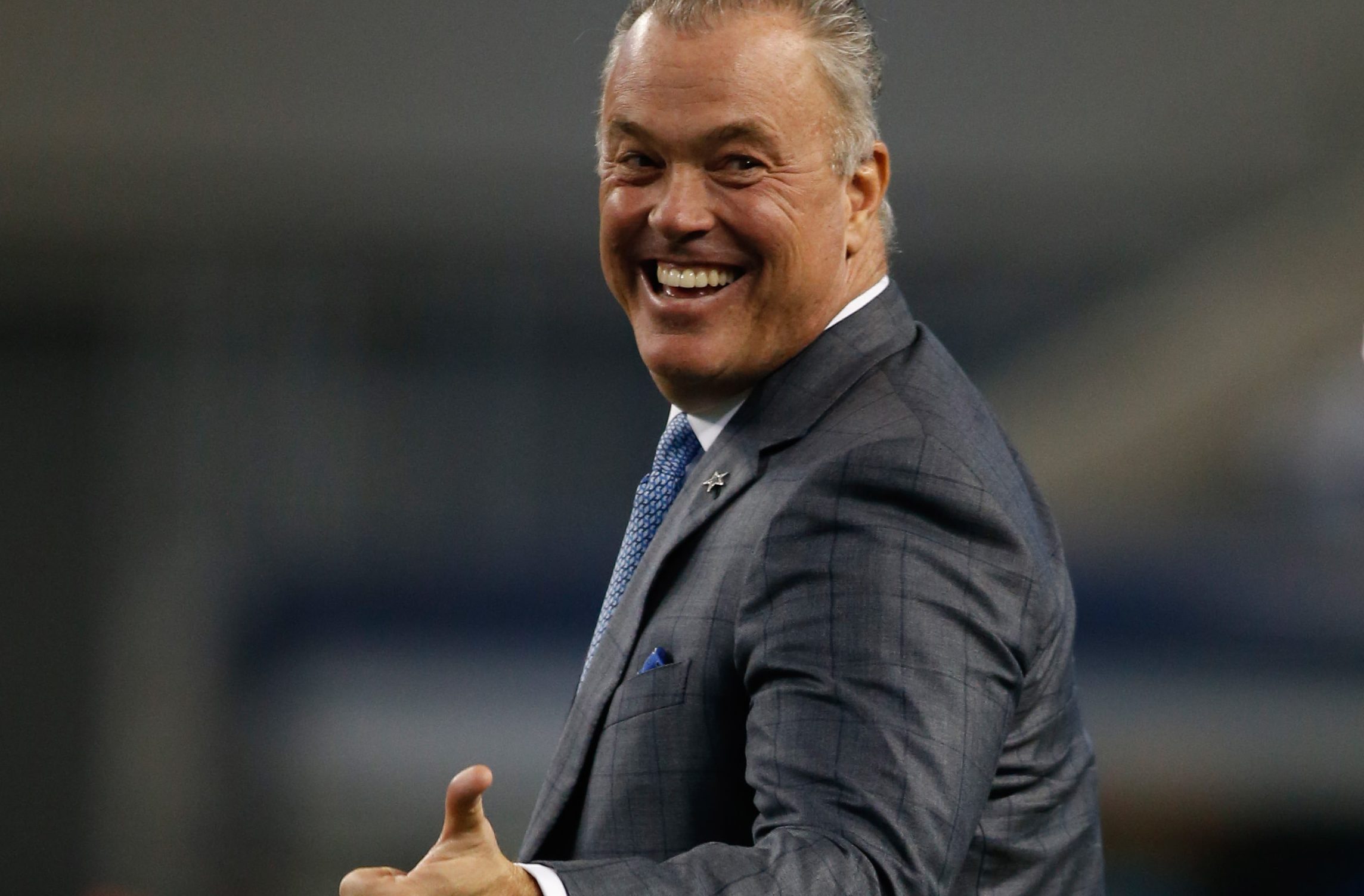
Sep 28, 2014; Arlington, TX, USA; Dallas Cowboys executive vice president Stephen Jones on the field before the game against the New Orleans Saints at AT&T Stadium. Dallas beat New Orleans 38-17. Mandatory Credit: Tim Heitman-USA TODAY Sports
Dallas has needs all over the place, and as always will have to balance their free agent moves… ahaha just kidding. They’ll need to balance their availability projections. If they need to fill two positions pretty equally, and one is top heavy and the other is deep, it’s probably a better decision to grab the prospect from the top-heavy position.
Dallas is in need of a running back, wideout, defensive end, and defensive tackle. They could also potentially need safety help, depending on if they give the youngsters a chance to show their worth, along with linebacker depth. And as explained above, QB shouldn’t be ruled out if one who they think is special is staring them in the face.
Top 15 picks ahead of Dallas
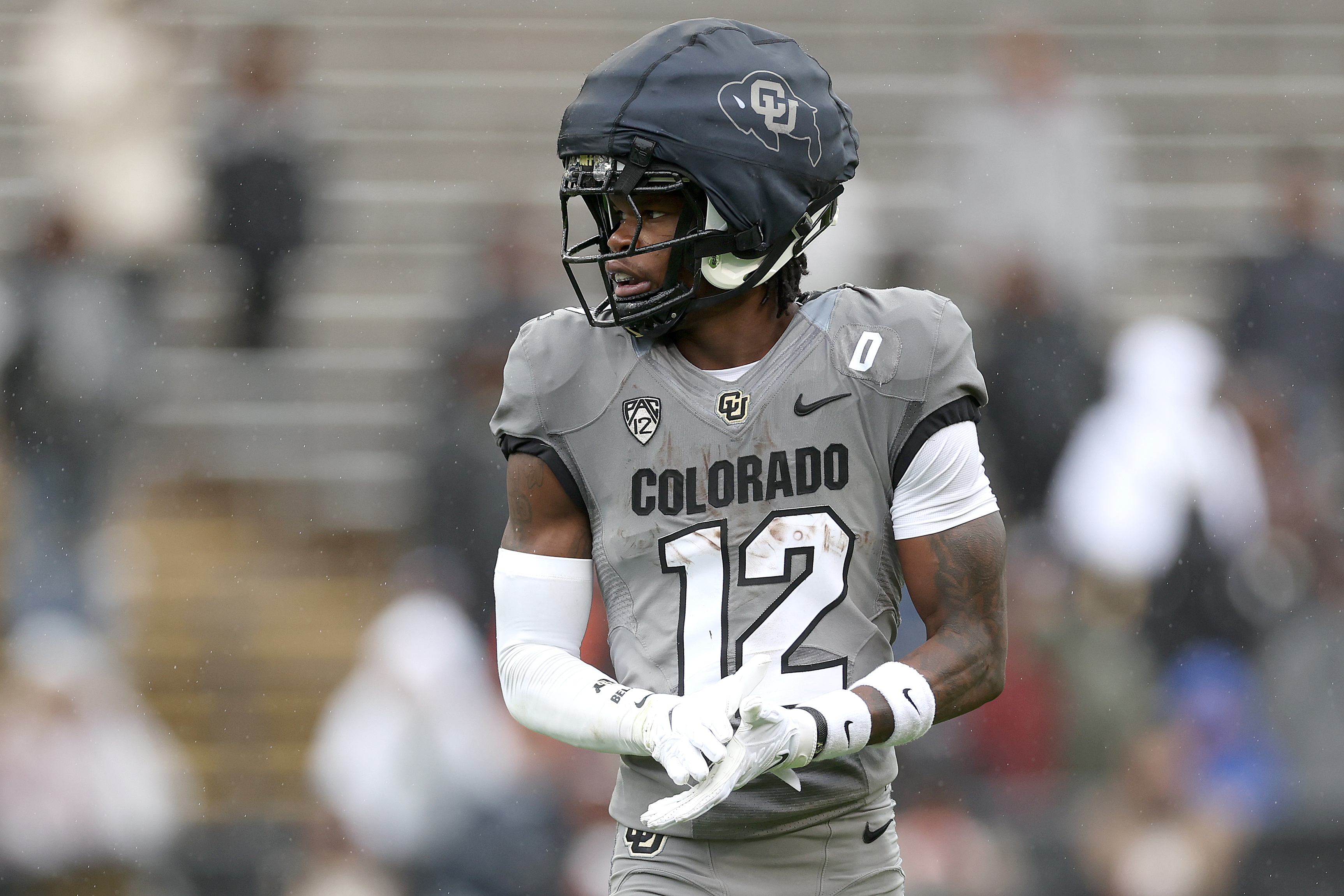
BOULDER, COLORADO – APRIL 27: Travis Hunter #12 of the Colorado Buffaloes warms-up prior to their spring game at Folsom Field on April 27, 2024 in Boulder, Colorado. (Photo by Matthew Stockman/Getty Images)
- New England Patriots: WR/CB Travis Hunter, Colorado
- Cleveland Browns: QB Jalen Milroe, Alabama
- Jacksonville Jaguars: DT Mason Graham, Michigan
- Carolina Panthers: CB Will Johnson, Michigan
- Los Angeles Rams: WR Tetairoa McMillan, Arizona
- Tennessee Titans: Safety Malaki Starks, Georgia
- Cincinnati Bengals: DT Kenneth Grant, Michigan
- New Orleans Saints: WR Luther Burden III, Missouri
- Arizona Cardinals: Edge Nic Scourton, Texas A&M
- Las Vegas Raiders: RB Ashton Jeanty, Boise State
- NY Giants: OT Will Campbell, LSU
- Miami Dolphins: QB Cam Ward, Miami
- NY Jets: WR Isaiah Bond, Texas
- Seattle Seahawks: CB Benjamin Morrison
- Denver Broncos: WR Emeka Egbuka
No. 16: Colorado QB Shedeur Sanders
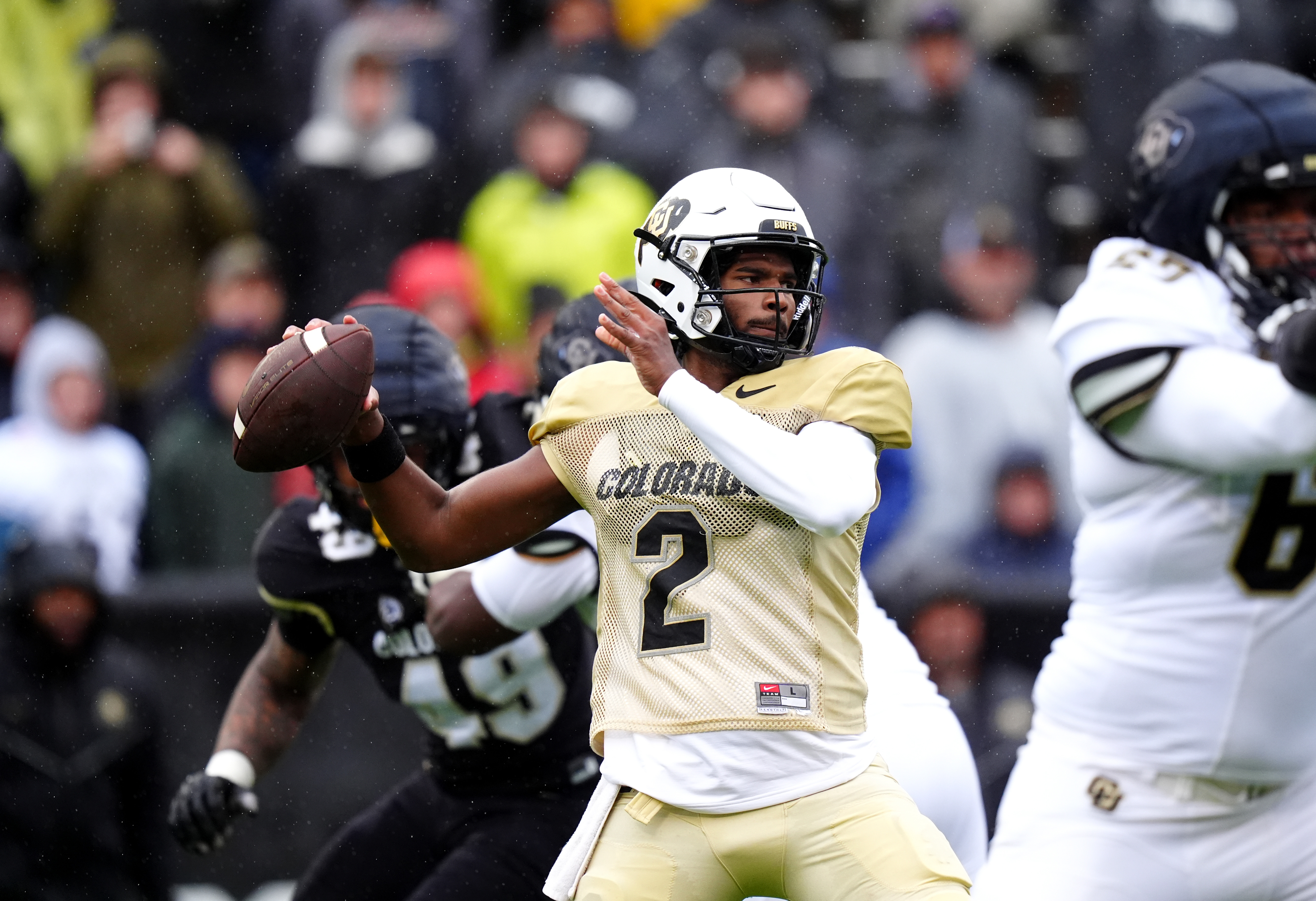
Apr 27, 2024; Boulder, CO, USA; Colorado Buffaloes quarterback Shedeur Sanders (2) prepares to pass during a spring game event at Folsom Field. Mandatory Credit: Ron Chenoy-USA TODAY Sports
A Dallas native, the 6-foot-2, 215 pound signal caller has existed in the spotlight his entire life.
Strengths from Pro Football Network’s early 2024 scouting report:
- Has a decent overall size and frame density for the QB position.
- Has the arm strength to drive velocity outside the numbers into the deep third.
- Can dice up defenses on seam and crossing patterns with high-velocity lasers.
- Quick-twitch pocket navigator who can generate instant torque and velocity on release.
- Has shown he can plant his front foot accurately and cleanly execute quick game passes.
- Has good pre-snap autonomy and command, calling out blitzes and adjusting protection.
- Can recognize single-high safeties pre-snap and freeze them at midfield with his eyes.
- Able to process coverage modulations and identify leverage advantages post-snap.
- Able to work through his progressions quickly left to right and land on his check down.
- Flashes the ability to anticipate windows over the middle and hit receivers on sit routes.
- Shows glimpses of solid pocket navigation, sidestepping exterior rushers with eyes up.
- Has shown to keep his shoulders level while navigating and staying in phase.
- Has good general accuracy in spite of flawed footwork, consistently hitting the torso.
- Flashes high-level accuracy and situational precision on vertical bucket throws.
- Measured decision-maker and game manager who rarely puts the ball in harm’s way.
2.48: Oklahoma State RB Ollie Gordon II
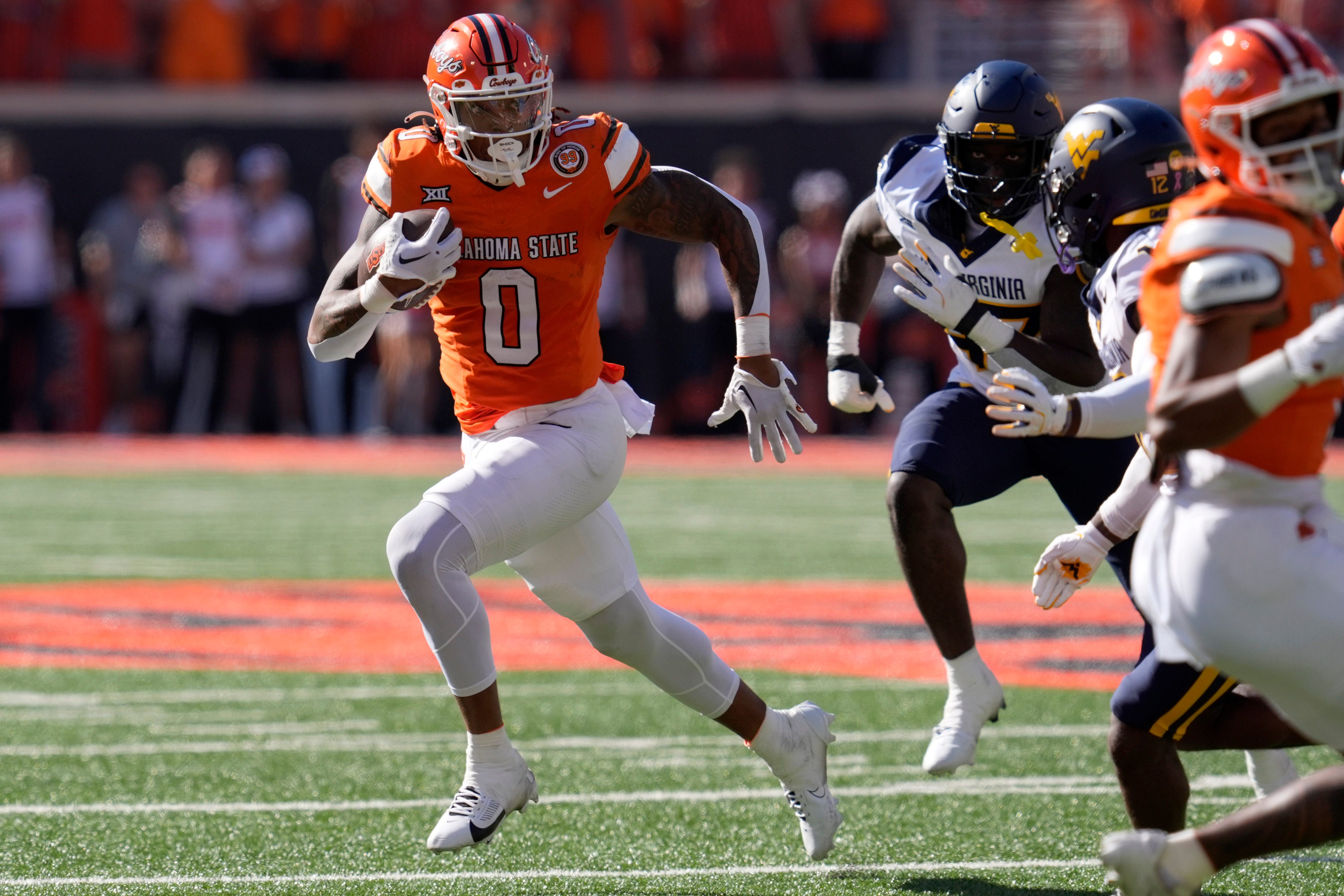
Oklahoma State Cowboys running back Ollie Gordon II (0) carries the ball during a college football game between the Oklahoma State Cowboys (OSU) and the West Virginia Mountaineers at Boone Pickens Stadium in Stillwater, Okla., Saturday, Oct. 5, 2024.
6-foot-2, 225-pound height/weight/speed dynamo.
From The Draft Network:
Ollie Gordon II’s blend of size, speed, and strength showcases a high-level prospect who looks to be just scratching the surface of his ceiling as a future bellcow ball-carrier for an NFL offense. Works primarily in the hip pocket of the QB in shotgun or directly behind in pistol. His herculean production in 2023 showcased one of the nation’s premier ball-carriers with a skill set that should translate quickly to the next level.
At the start of the play, Gordon does an excellent job of balancing patience and desire to attack even the smallest of gaps. At his size, Gordon’s ability to redirect, jump-cut, and make defenders miss inside of tight areas can be classified as an ‘elite’ trait. Can explode through the tightest of alleys and is someone whose speed works up to linebackers quickly. Gordon utilizes long strides after the mesh point to gain ground both to and through the line of scrimmage. His high hips give defenders a large amount of surface to target below the waist. However, Gordon does a nice job of picking up his feet with bodies around his ankles to avoid shoestring tackles. Ball security was tested considering Gordon’s workload in 2023 (285 carries) and is a trait that is a strength in his game (two fumbles).
3.80: Iowa State WR Jayden Higgins
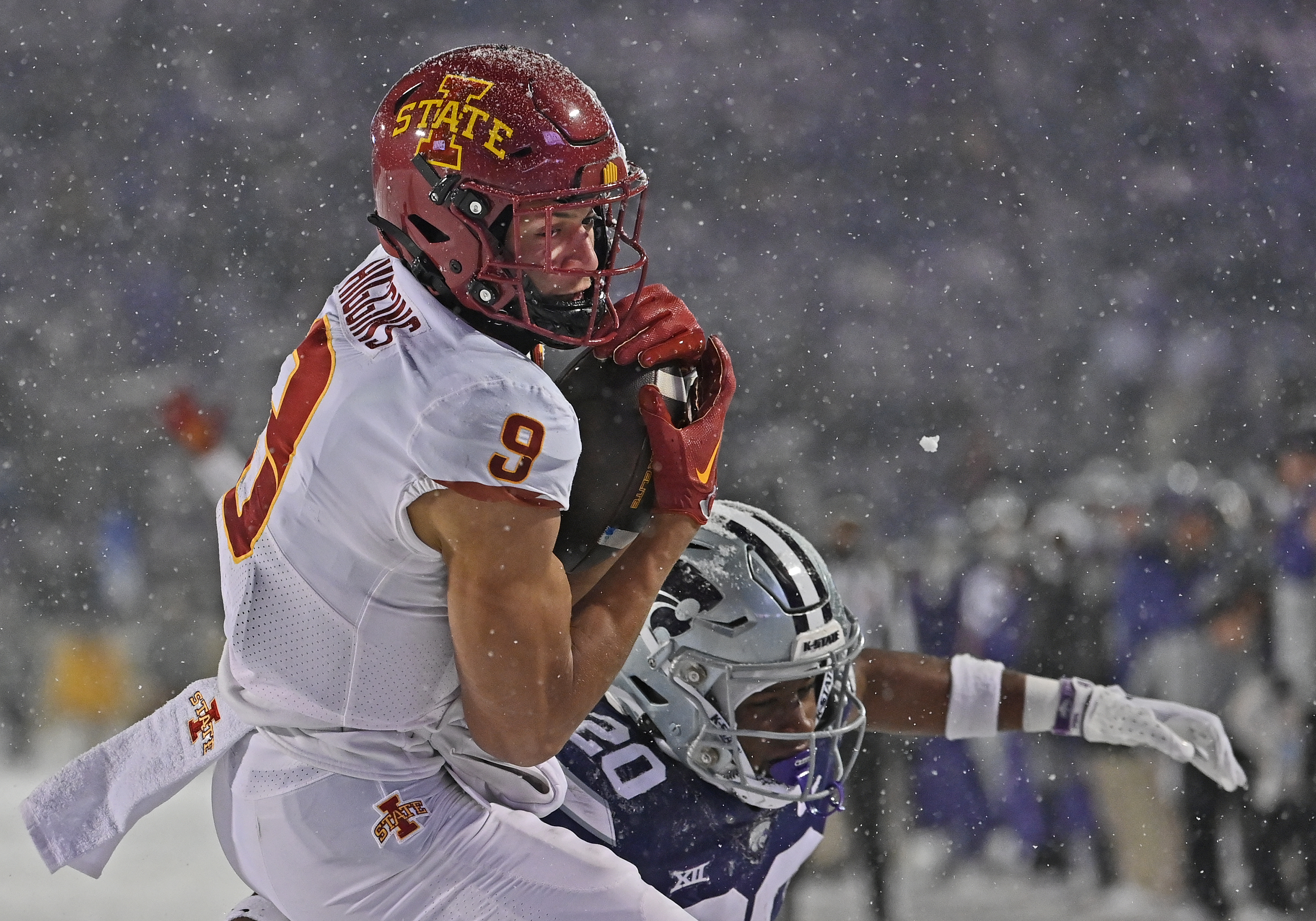
MANHATTAN, KS – NOVEMBER 25: Wide receiver Jayden Higgins #9 of the Iowa State Cyclones catches a touchdown pass against safety Colby McCalister #20 of the Kansas State Wildcats in the second half at Bill Snyder Family Football Stadium on November 25, 2023 in Manhattan, Kansas. (Photo by Peter Aiken/Getty Images)
6-foot-4 with strong route-running capabilities.
From The Draft Network:
Jayden Higgins transferred from Eastern Kentucky to Iowa State and immediately became their leading wide receiver. He thrives on inside-breaking routes where he can use his power-forward-like frame to box out defensive backs at the catch point.
Facing press alignment, Higgins shows short-area quickness and burst to freeze DBs using the soft press technique. He can displace the DB to clear his path to enter his route quickly. Higgins excels in working the horizontal plane on slants, crossers, posts, and dig routes in the middle of the field. His understanding of leveraging and body positioning gives him the advantage when using his frame to box out defenders on those routes. Higgins has functional hip fluidity to sink and drive out of breaks at the top of his routes—uncommon in most big, taller receivers. You won’t find many 6-foot-4 receivers who can effectively run option routes from the slot, but Higgins can.
Higgins excels with pacing, coverage recognition, and football IQ when facing zone coverage. He settles into the coverage’s soft spots, presenting a big target for the QB.
